Home>Gardening & Outdoor>Landscaping Ideas>When To Plant Switch Grass
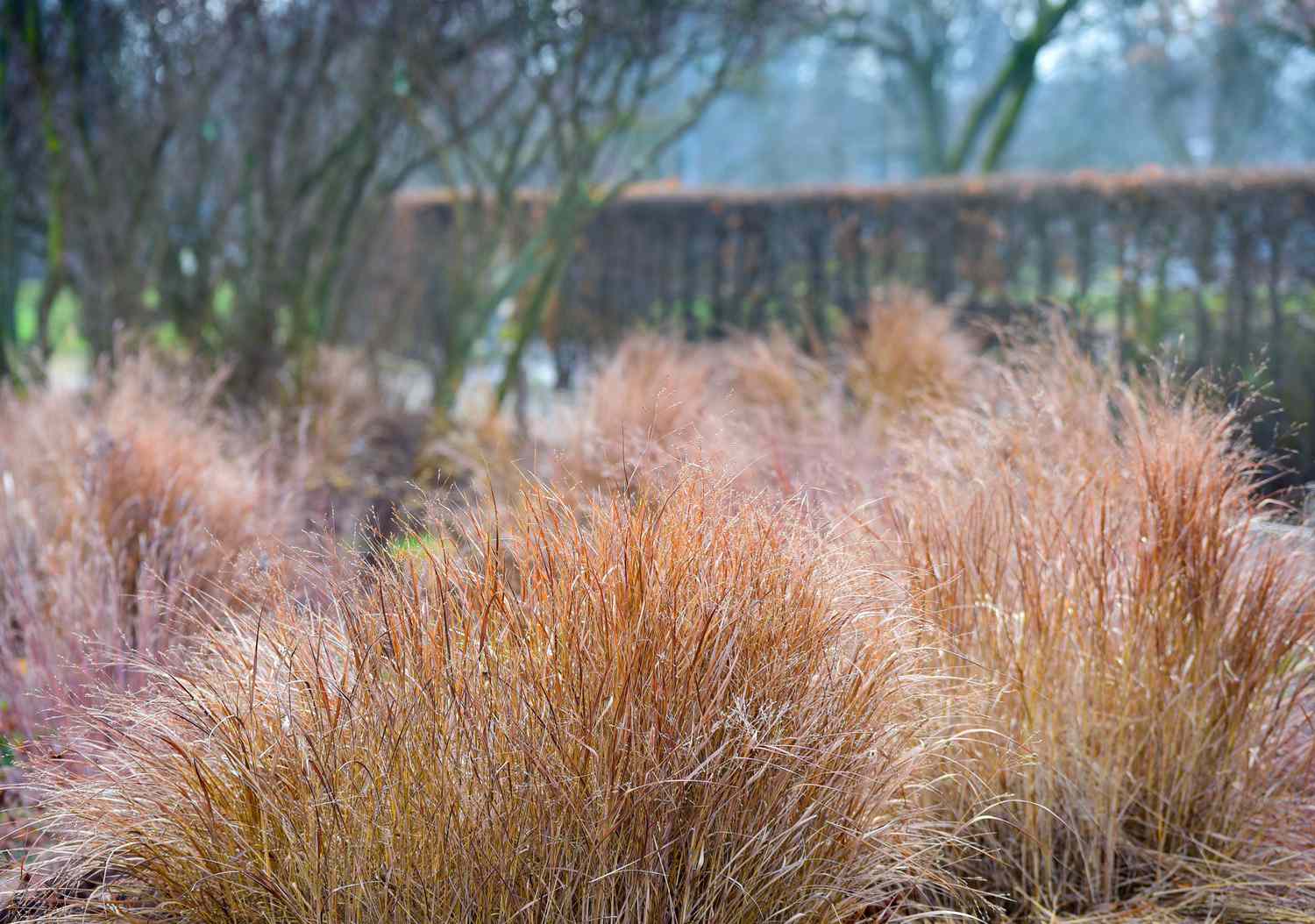

Landscaping Ideas
When To Plant Switch Grass
Published: January 29, 2024
Discover the best timing for planting switch grass in your landscaping with expert tips and ideas for achieving a thriving garden. Explore our guide now!
(Many of the links in this article redirect to a specific reviewed product. Your purchase of these products through affiliate links helps to generate commission for Storables.com, at no extra cost. Learn more)
Introduction
Switchgrass, a versatile and resilient warm-season perennial grass, has gained popularity as a landscaping option due to its adaptability and low maintenance requirements. This native North American grass, scientifically known as Panicum virgatum, is celebrated for its ornamental appeal, erosion control capabilities, and suitability for wildlife habitats. As a landscaping enthusiast, understanding the nuances of when and how to plant switchgrass is essential for ensuring its successful establishment and long-term vitality in your outdoor space.
In this comprehensive guide, we will delve into the optimal conditions for cultivating switchgrass, including climate and soil requirements, the best time to plant this grass, and the essential steps for its successful establishment. Additionally, we will explore the ongoing care, maintenance, and potential uses of switchgrass, empowering you to make informed decisions and foster a thriving landscape adorned with the beauty and functionality of switchgrass. Whether you are a seasoned gardener or a novice enthusiast, this guide will equip you with the knowledge and confidence to incorporate switchgrass into your landscaping endeavors with ease and success.
Key Takeaways:
- Switchgrass, a resilient and low-maintenance grass, should be planted in late spring to early summer for robust growth. It thrives in full sun and diverse soil types, making it a versatile landscaping option.
- Switchgrass offers more than just beauty in landscaping. It can be harvested for bioenergy, enhance wildlife habitats, control erosion, and provide forage, showcasing its multifaceted benefits.
Read more: When To Plant Grass In Maryland
Understanding Switchgrass
Switchgrass, a perennial warm-season grass, is a native North American plant that holds significant ecological and landscaping value. Known for its adaptability and resilience, switchgrass is a prominent component of prairie ecosystems and has garnered attention for its multifaceted benefits in landscaping and environmental conservation.
From a landscaping perspective, switchgrass is esteemed for its striking vertical growth, which can reach heights of up to 8 feet, making it a commanding presence in gardens and naturalized landscapes. Its delicate, feathery seed heads add an ethereal charm, especially when swaying gently in the breeze. The grass exhibits a range of hues, transitioning from vibrant green in the growing season to warm, golden tones in the fall, contributing to the visual interest of any landscape.
Beyond its aesthetic appeal, switchgrass serves as an effective erosion control measure, thanks to its extensive root system, which can reach depths of up to 10 feet. This characteristic makes switchgrass a valuable asset in stabilizing soil on slopes and embankments, mitigating the risk of erosion caused by wind and water. Furthermore, its dense growth provides a habitat for various wildlife species, fostering biodiversity and ecological balance within the landscape.
Switchgrass is also recognized for its role in sustainable landscaping practices. As a low-maintenance plant, it requires minimal intervention once established, reducing the need for excessive watering and fertilization. Additionally, its adaptability to a wide range of soil types and climates makes it a resilient choice for landscaping projects in diverse geographic regions.
By comprehending the inherent qualities and ecological contributions of switchgrass, landscaping enthusiasts can harness its potential to create visually captivating, ecologically sound outdoor spaces. The next section will delve into the specific climate and soil requirements that are crucial for the successful cultivation of switchgrass.
Climate and Soil Requirements
Switchgrass, renowned for its adaptability, thrives in a variety of climates, making it a versatile option for landscaping projects across different regions. It is predominantly found in the central and eastern United States, where it is well-suited to the hot and humid conditions of the summers and the cold winters of the region. However, with careful consideration of local microclimates and soil conditions, switchgrass can be successfully cultivated in a broader range of environments.
Switchgrass exhibits remarkable tolerance to a diverse array of soil types, including clay, loam, and sandy soils. It can withstand periods of drought and is also capable of thriving in areas with occasional flooding. This adaptability to varying soil conditions positions switchgrass as an ideal choice for landscapes with challenging or fluctuating soil characteristics.
When selecting a location for planting switchgrass, it is essential to consider the amount of sunlight the area receives. Switchgrass flourishes in full sun, requiring at least six to eight hours of direct sunlight daily. Consequently, it is crucial to identify a planting site that receives ample sunlight to support the grass’s robust growth and development.
Understanding the specific climate and soil requirements of switchgrass is pivotal in ensuring its successful establishment and sustained vitality in a landscape. In the subsequent section, we will explore the optimal timing for planting switchgrass, providing valuable insights for landscaping enthusiasts seeking to incorporate this resilient grass into their outdoor spaces.
Best Time to Plant Switchgrass
Choosing the optimal time to plant switchgrass is a critical consideration for fostering its successful establishment and long-term growth. As a warm-season perennial grass, switchgrass exhibits vigorous growth during the summer months, making this period the most favorable for its initial planting. The ideal time to plant switchgrass typically aligns with the late spring to early summer, when the soil has warmed, and the risk of frost has subsided.
By initiating the planting process during the warmer months, switchgrass can capitalize on the favorable temperatures to develop strong root systems and robust foliage, setting the stage for its resilience in the face of environmental stressors. This timing allows the grass to acclimate and establish itself before the onset of harsh winter conditions, ensuring its ability to withstand the seasonal challenges that lie ahead.
It is important to note that the specific timing for planting switchgrass may vary based on regional climate patterns and local growing conditions. In cooler northern climates, it is advisable to plant switchgrass in early summer to provide it with an extended period of warm weather for establishment. Conversely, in warmer southern regions, where the growing season may extend well into the fall, planting switchgrass in late spring can still yield favorable results.
When preparing to plant switchgrass, it is essential to assess the soil temperature, aiming for a consistent temperature of at least 60°F (15.5°C) at a depth of 2 inches. This ensures that the soil provides an optimal environment for seed germination and early root development, setting the stage for the grass’s successful establishment.
By strategically timing the planting of switchgrass to align with the onset of favorable growing conditions, landscaping enthusiasts can maximize the grass’s potential for robust growth and long-term vitality. The next section will delve into the essential steps for planting switchgrass, providing valuable insights for cultivating this resilient grass in diverse outdoor settings.
Plant switch grass in the spring after the last frost, or in the fall before the first frost. This will give the grass time to establish its roots before extreme temperatures.
Planting Switchgrass
Planting switchgrass involves a series of essential steps aimed at fostering its successful establishment and robust growth in a landscape. Whether you are sowing switchgrass seeds or transplanting seedlings, meticulous attention to the planting process is crucial for ensuring the grass’s vitality and long-term resilience.
1. Site Preparation: Before planting switchgrass, it is imperative to prepare the planting site thoroughly. Clear the area of any existing vegetation, debris, and weeds to create a clean and receptive environment for the switchgrass to take root. Additionally, ensure that the soil is well-drained to prevent waterlogging, as excessive moisture can impede the grass’s growth.
2. Seedbed Establishment: If sowing switchgrass seeds, carefully prepare the seedbed by tilling the soil to a depth of 1 to 2 inches. This process helps to loosen the soil, creating an optimal environment for seed germination and early root development. It is advisable to conduct a soil test to assess the pH and nutrient levels, making any necessary amendments to optimize the soil conditions for switchgrass growth.
3. Seeding or Transplanting: When sowing switchgrass seeds, distribute them evenly across the prepared seedbed, aiming for a seeding rate of approximately 5 to 7 pounds per acre. Ensure that the seeds are planted at a depth of ¼ to ½ inch, covering them lightly with soil. For transplanting switchgrass seedlings, space the plants approximately 12 to 18 inches apart to allow for their expansive growth and development.
4. Watering and Mulching: Following the sowing or transplanting process, provide the switchgrass with ample moisture to support its initial growth. Water the newly planted seeds or seedlings gently, ensuring that the soil remains consistently moist but not waterlogged. Applying a layer of organic mulch, such as straw or wood chips, can help retain soil moisture and suppress weed growth, facilitating the grass’s establishment.
5. Ongoing Care: Monitor the switchgrass closely in the weeks following planting, providing supplemental irrigation during dry spells to promote healthy growth. As the grass begins to establish itself, it will gradually require less frequent watering. Additionally, conduct regular inspections to remove any weeds that may compete with the switchgrass for resources, allowing the grass to thrive unhindered.
By adhering to these essential steps for planting switchgrass, landscaping enthusiasts can lay the groundwork for a flourishing and resilient landscape adorned with the beauty and functionality of this versatile warm-season grass. The subsequent section will delve into the crucial aspects of caring for switchgrass, guiding enthusiasts in the ongoing maintenance and support of this valuable landscaping asset.
Read more: When To Plant Monkey Grass
Caring for Switchgrass
Once switchgrass has been successfully planted and begins to establish itself in the landscape, providing attentive care and maintenance is essential for nurturing its long-term vitality and ensuring its continued beauty and functionality. Caring for switchgrass encompasses a range of practices aimed at supporting its growth, mitigating potential challenges, and maximizing its ecological and aesthetic contributions to the outdoor environment.
1. Pruning and Maintenance: Switchgrass exhibits a clumping growth habit, with its foliage reaching impressive heights during the growing season. To maintain its visual appeal and prevent it from encroaching on other plants or pathways, consider pruning the grass in late winter or early spring before new growth emerges. Trimming the grass to a height of 4 to 6 inches helps rejuvenate its appearance and promotes vigorous regrowth in the upcoming season.
2. Watering and Soil Management: While switchgrass is known for its drought tolerance, providing supplemental irrigation during prolonged dry spells is beneficial, particularly for newly established plants. Ensure that the grass receives approximately 1 inch of water per week, either from rainfall or manual watering. Additionally, monitor the soil moisture levels, aiming to maintain a consistent level of moisture without waterlogging the roots.
3. Fertilization: Switchgrass typically thrives in nutrient-poor soils, making excessive fertilization unnecessary. However, if the soil is deficient in essential nutrients, a light application of a balanced, slow-release fertilizer in early spring can support the grass’s growth. Conduct a soil test to determine any specific nutrient deficiencies and tailor the fertilizer application accordingly.
4. Weed Management: Regularly inspect the vicinity of the switchgrass for the presence of weeds, which can compete with the grass for resources and impede its growth. Promptly remove any weeds that emerge, employing manual removal or the application of mulch to suppress weed growth and maintain a clean and unobstructed environment for the switchgrass.
5. Division and Propagation: Over time, mature switchgrass plants may benefit from division to rejuvenate their growth and manage their size. Dividing established clumps every few years helps maintain the vigor and health of the grass, allowing for the creation of new plantings or the expansion of existing switchgrass areas within the landscape.
By implementing these essential care practices, landscaping enthusiasts can foster the sustained health and vibrancy of switchgrass, ensuring its enduring contribution to the beauty and functionality of the outdoor environment. The subsequent section will explore the harvesting and potential utilization of switchgrass, shedding light on its multifaceted benefits beyond its ornamental appeal.
Harvesting and Utilizing Switchgrass
Beyond its role as a visually captivating and ecologically beneficial landscaping element, switchgrass holds potential for utilization in various practical applications, ranging from sustainable fuel sources to wildlife habitat enhancement. Understanding the methods for harvesting and utilizing switchgrass can uncover its multifaceted contributions and expand its value within landscaping and environmental conservation endeavors.
1. Biomass Production: Switchgrass is recognized for its potential as a renewable bioenergy resource, with its high biomass yield and cellulose content making it a promising candidate for biofuel production. Harvesting switchgrass for biomass typically occurs in the late fall or winter, after the grass has senesced and its nutrient reserves have been allocated to the roots. The harvested biomass can be processed into biofuels, providing a sustainable energy source with reduced environmental impact.
2. Wildlife Habitat Enhancement: The dense growth habit and extensive root system of switchgrass make it an ideal component for enhancing wildlife habitats within the landscape. The grass provides cover and nesting sites for various bird species, while also offering forage and shelter for small mammals and insects. By preserving patches of mature switchgrass and strategically managing its growth, landscaping enthusiasts can contribute to the conservation of local wildlife populations.
3. Erosion Control and Soil Stabilization: The robust root system of switchgrass plays a pivotal role in preventing soil erosion and stabilizing embankments and slopes. Harvesting switchgrass for erosion control typically involves leaving a portion of the grass standing to maintain its protective function while utilizing the harvested biomass for alternative applications. This approach ensures that the landscape retains the erosion-mitigating benefits of switchgrass while harnessing its biomass for other purposes.
4. Livestock Forage: In agricultural and rural settings, switchgrass can serve as a valuable source of forage for livestock, offering a nutritious and palatable feed option for grazing animals. Harvesting switchgrass for forage typically occurs during the summer months when the grass is in its peak growth phase, providing a sustainable feed resource for livestock operations.
By exploring the diverse applications of switchgrass and understanding the methods for its sustainable harvesting and utilization, landscaping enthusiasts can maximize the grass’s ecological and practical contributions within their outdoor spaces. Whether it is harnessed for renewable energy production, wildlife conservation, erosion control, or livestock forage, switchgrass stands as a versatile and valuable asset in the realm of sustainable landscaping and environmental stewardship.
Frequently Asked Questions about When To Plant Switch Grass
Was this page helpful?
At Storables.com, we guarantee accurate and reliable information. Our content, validated by Expert Board Contributors, is crafted following stringent Editorial Policies. We're committed to providing you with well-researched, expert-backed insights for all your informational needs.
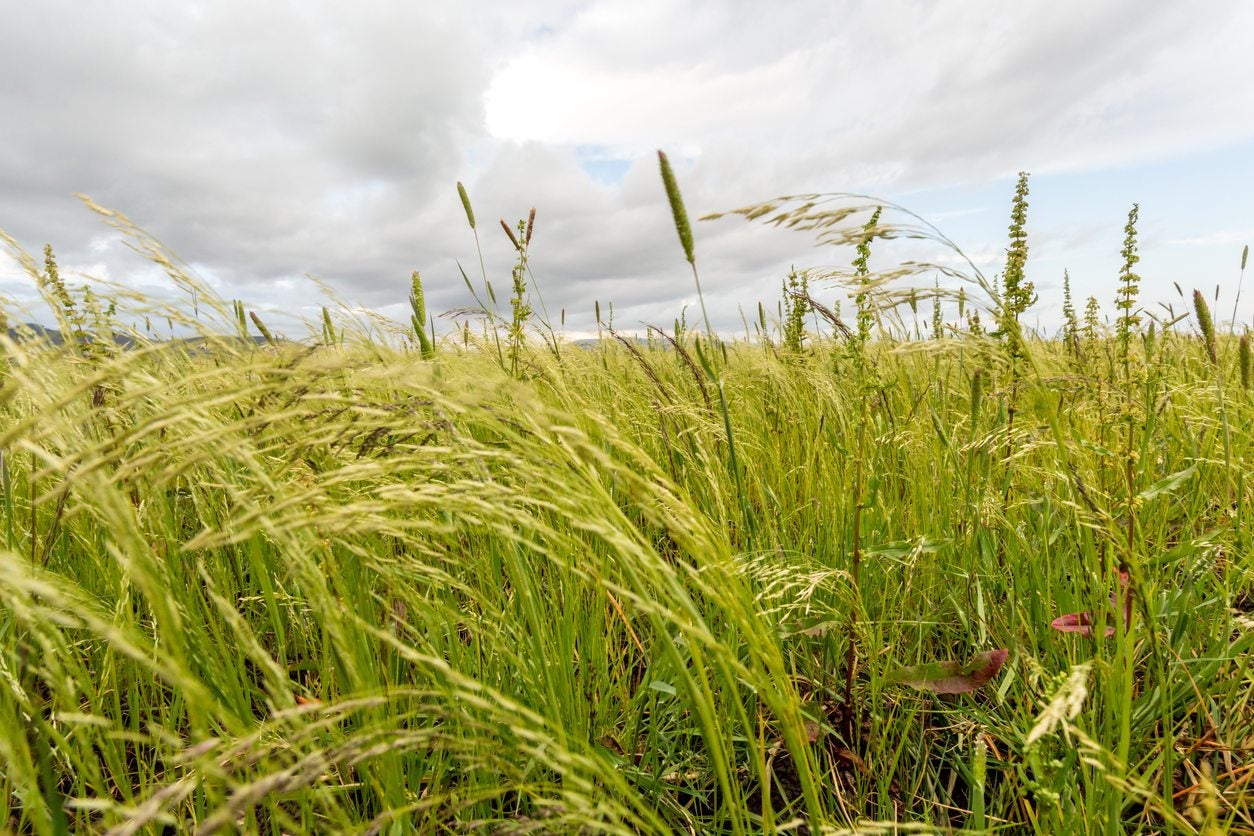
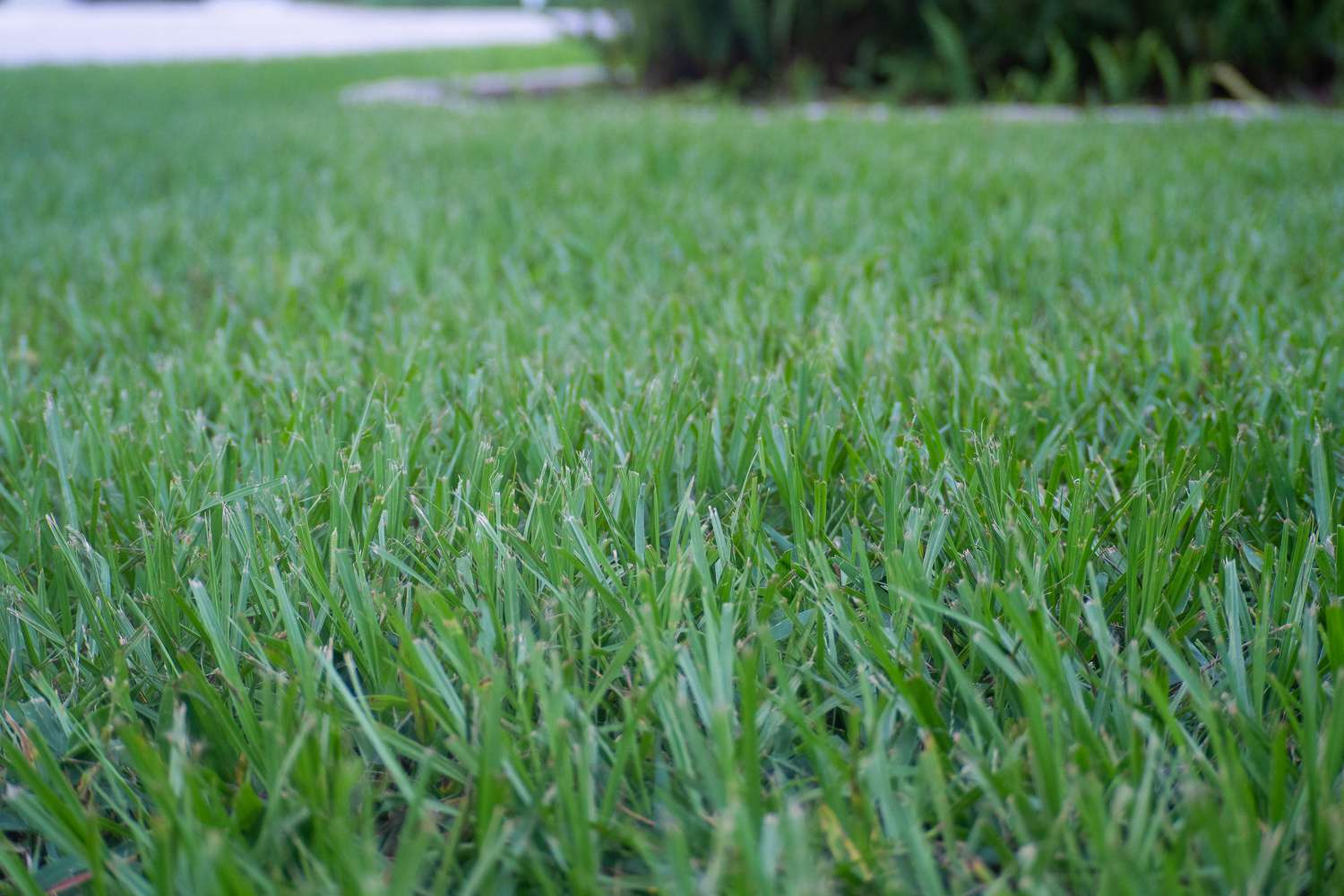
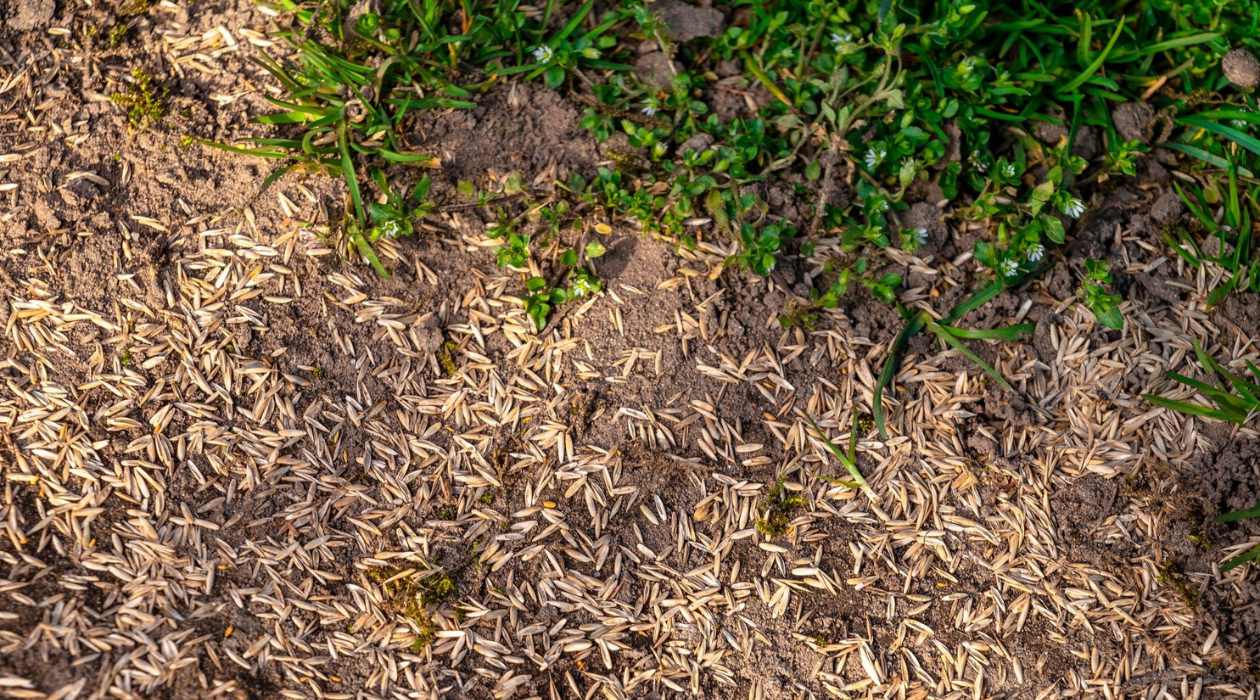
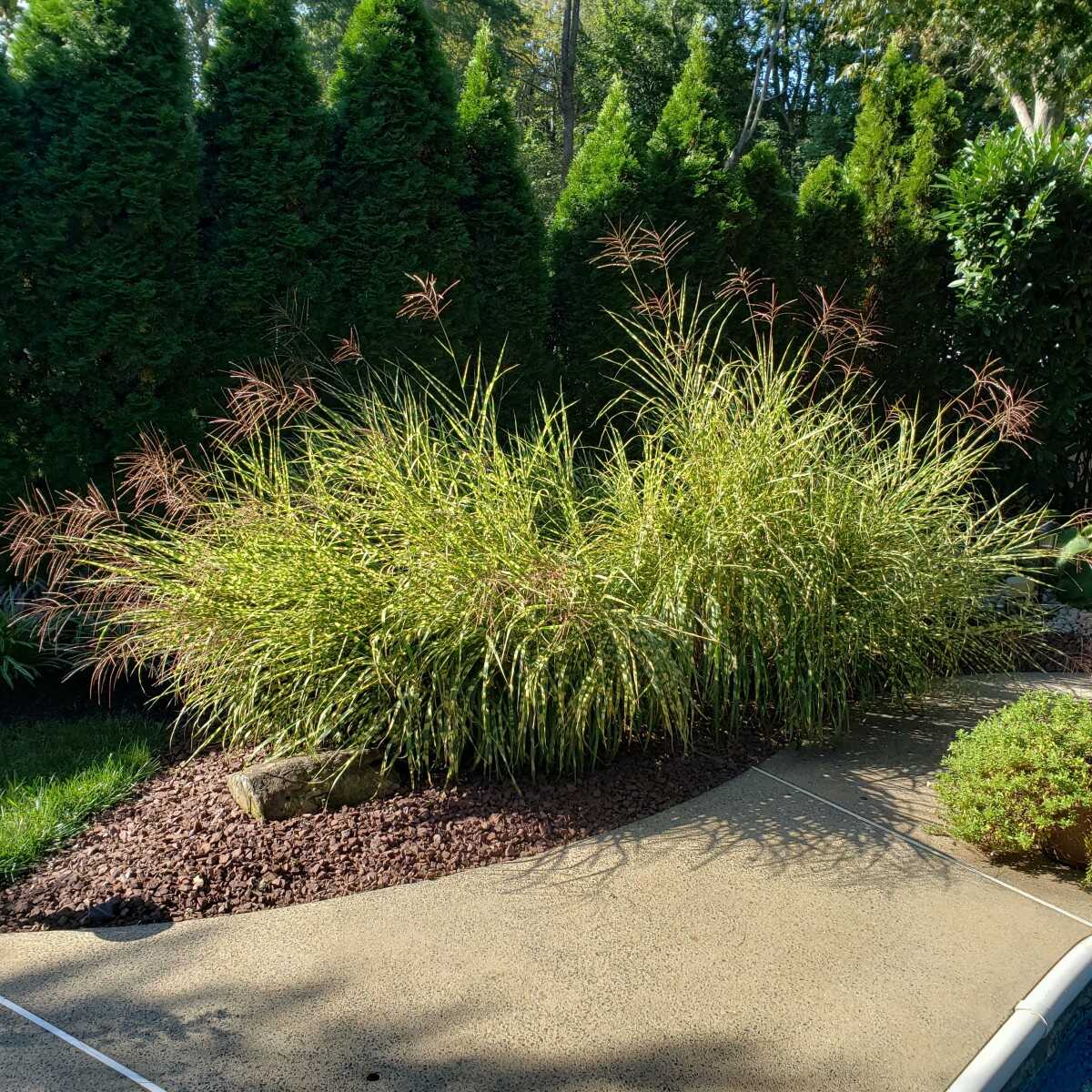

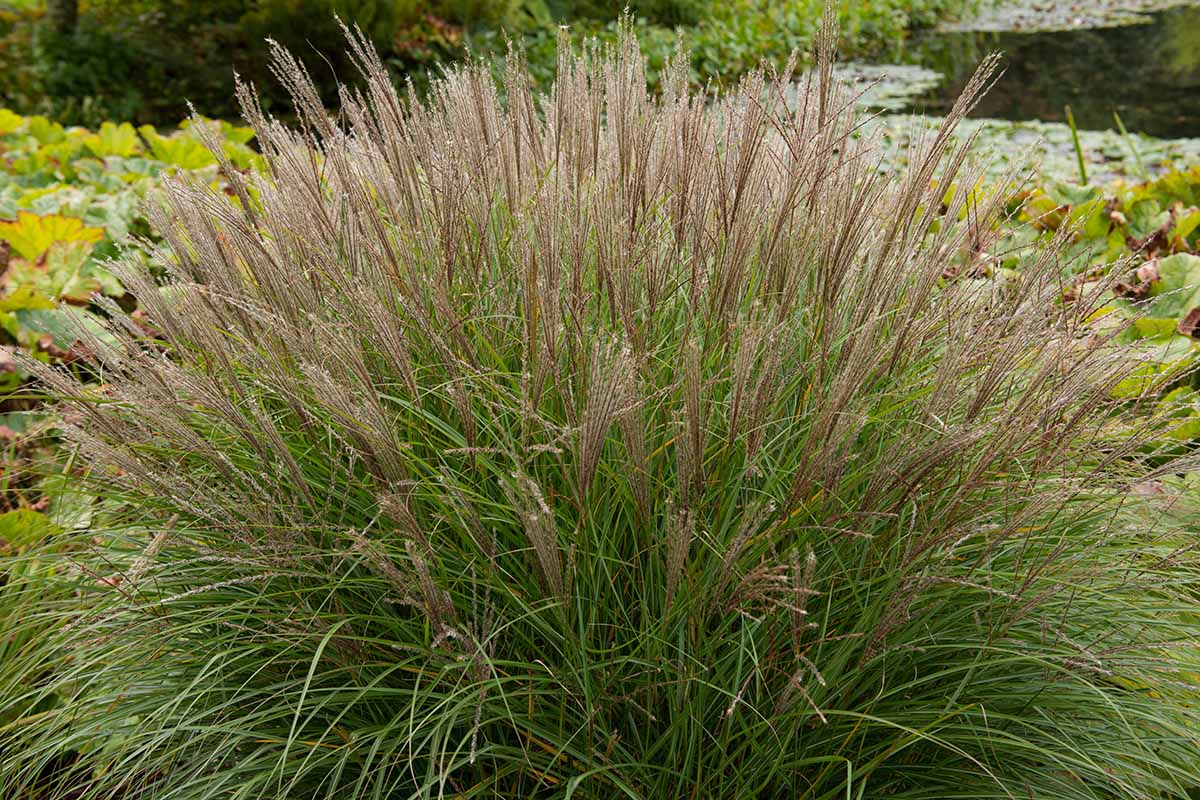
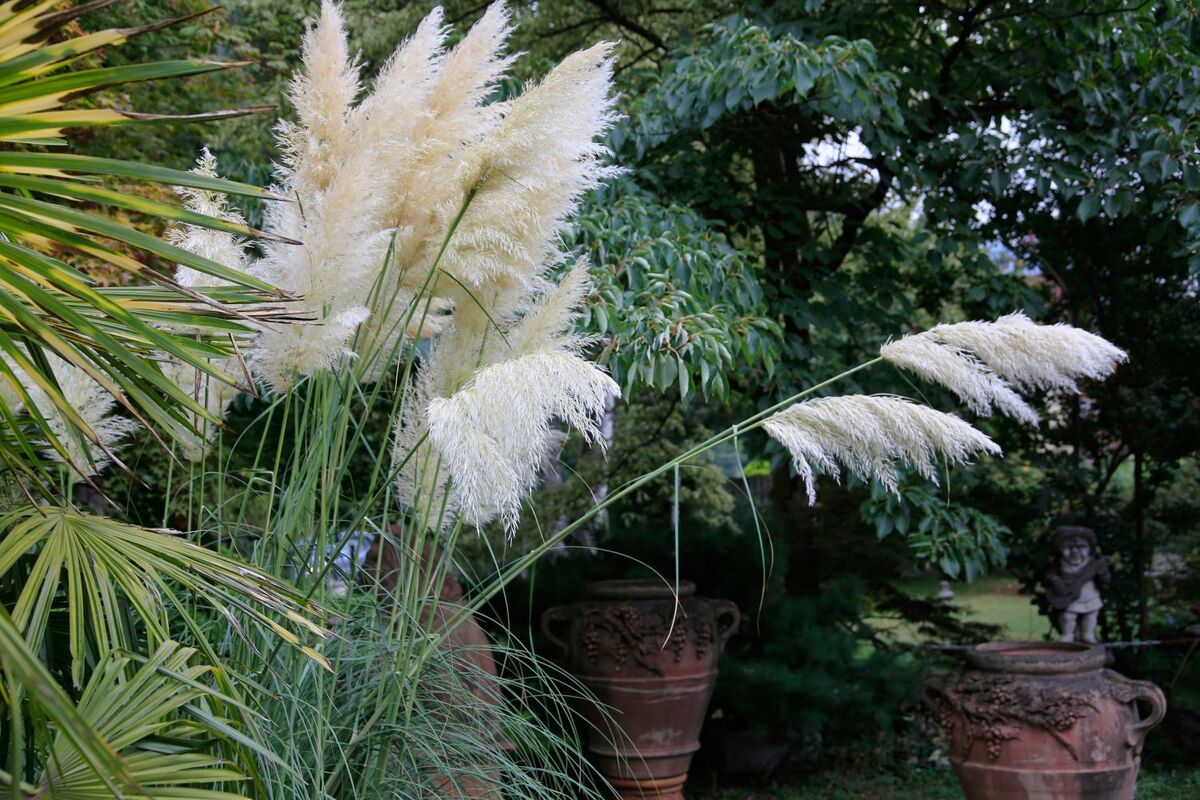

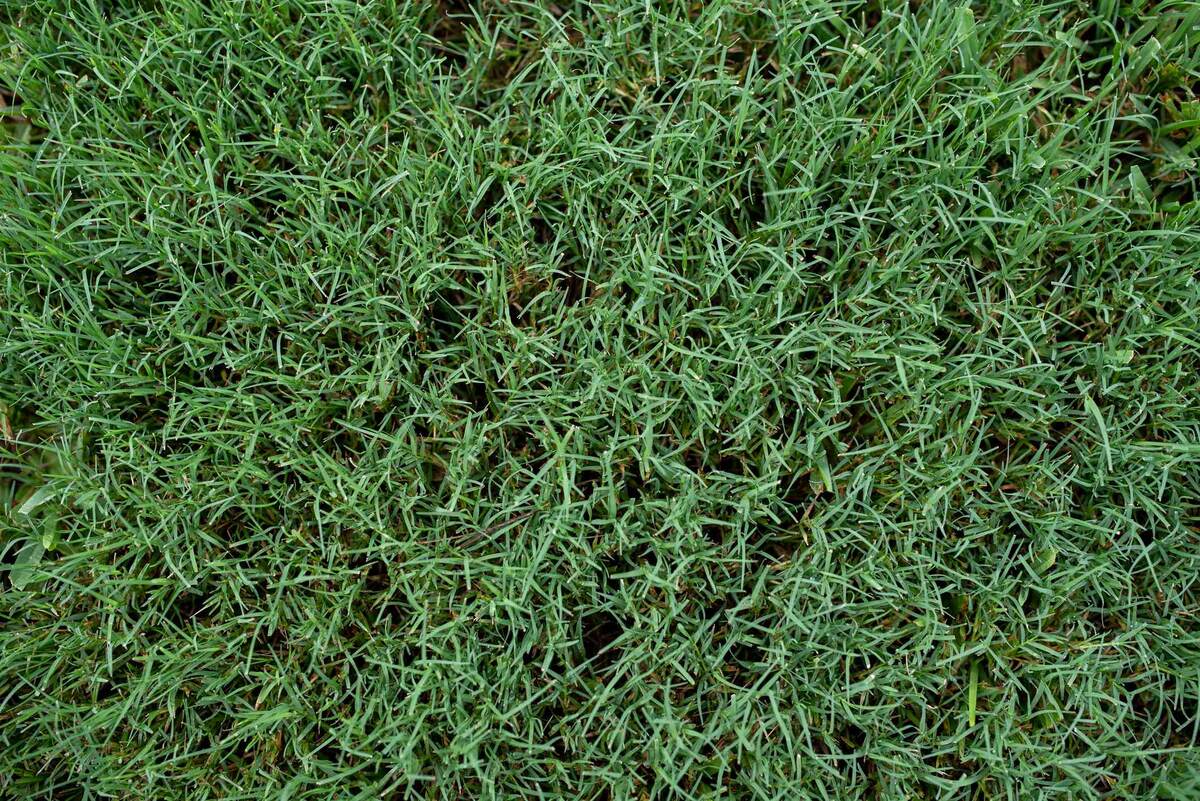
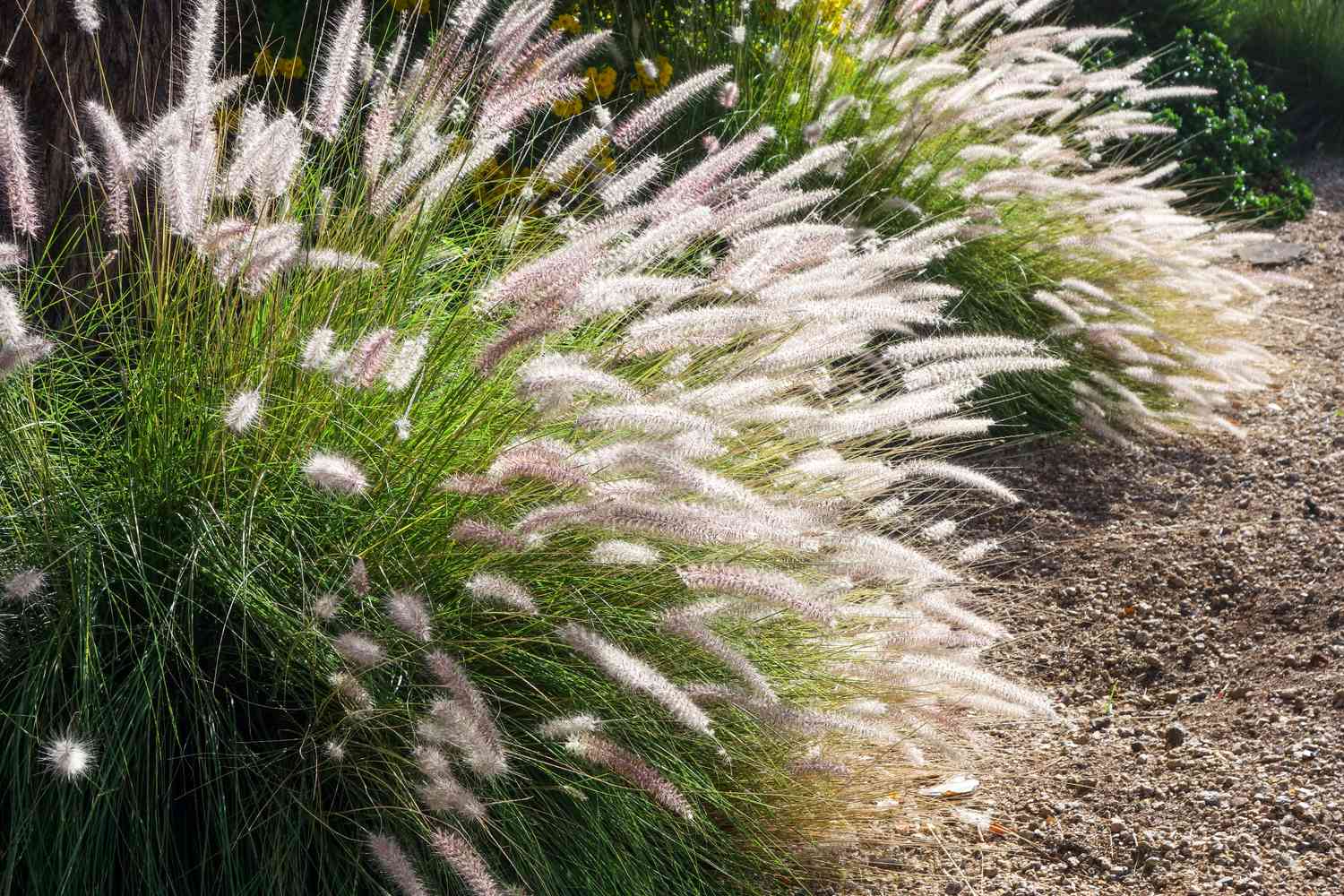
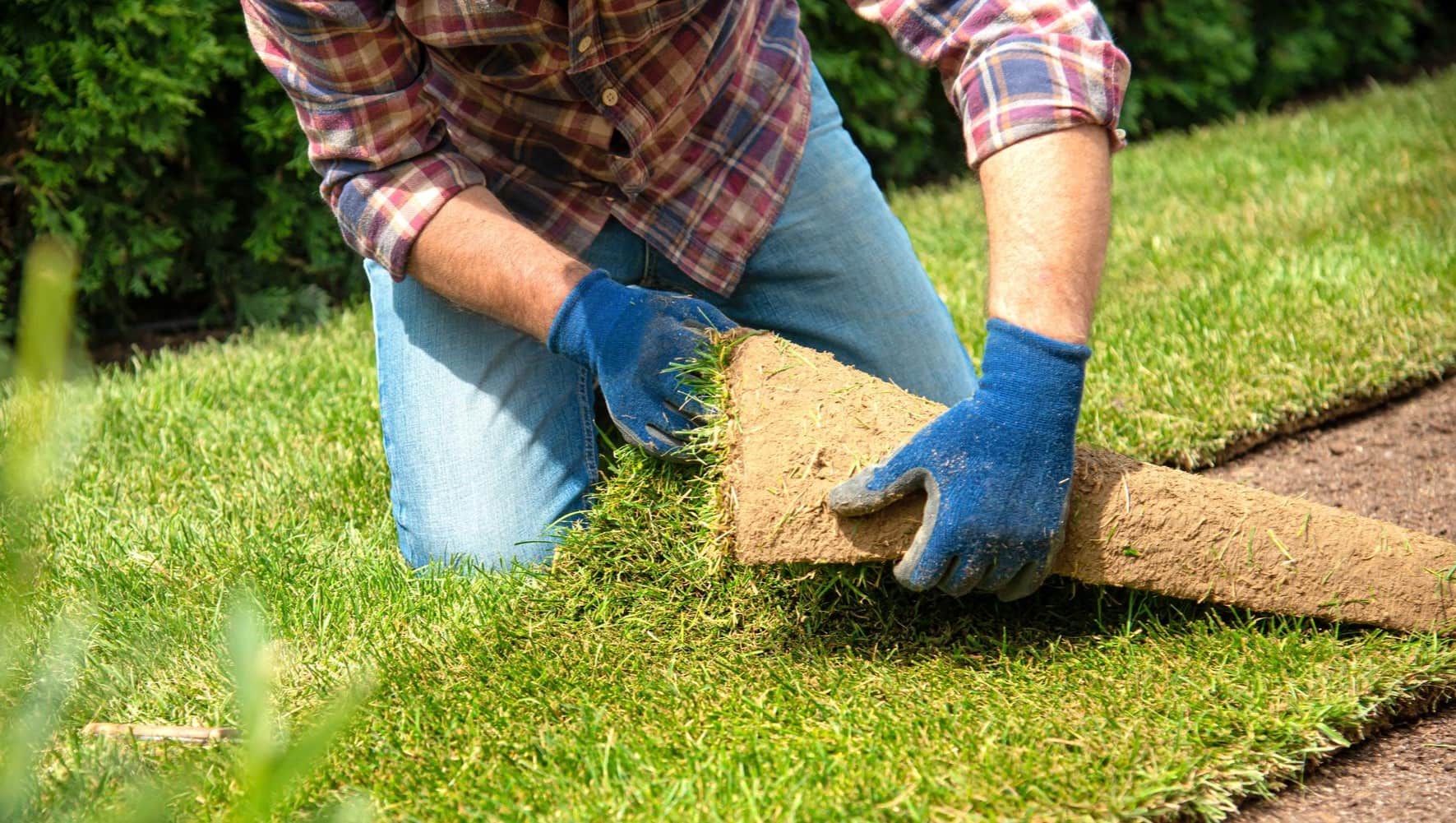
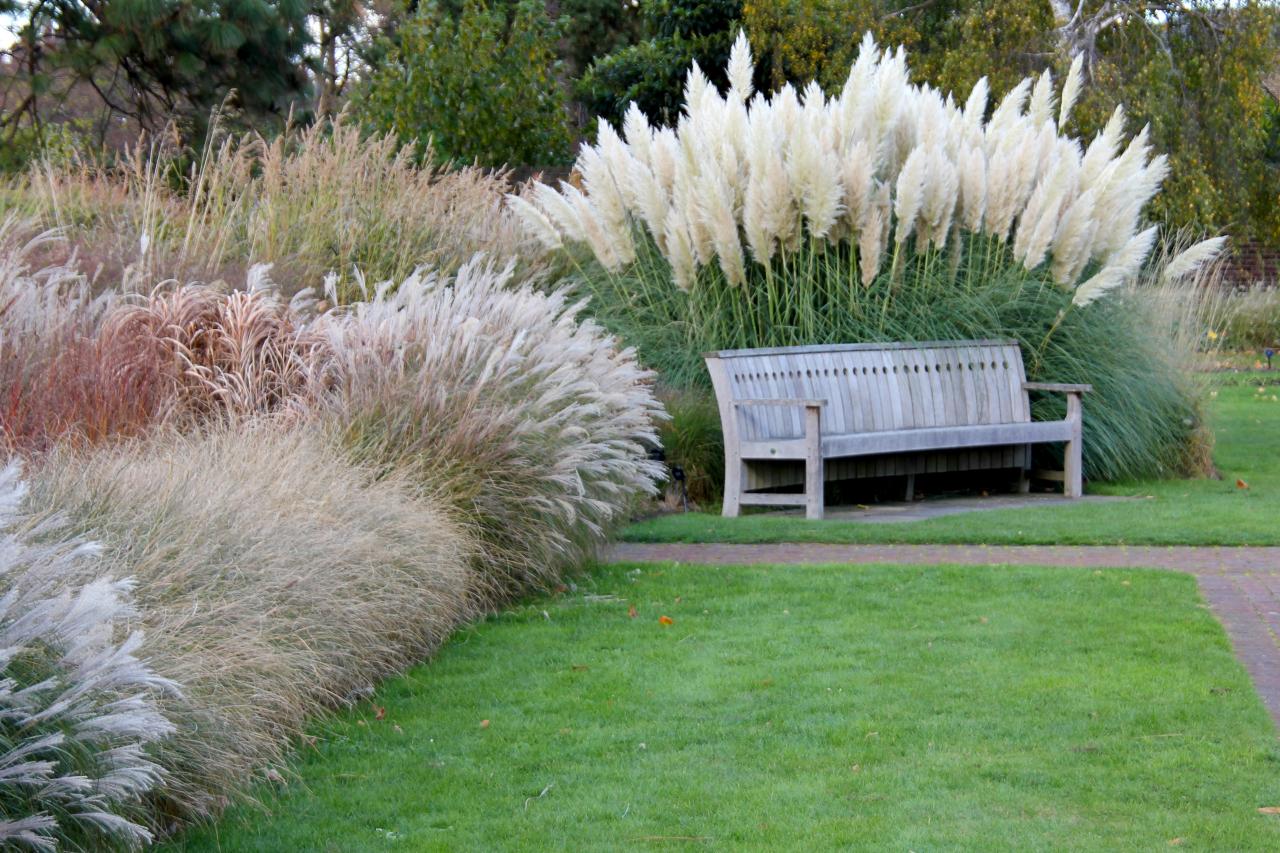
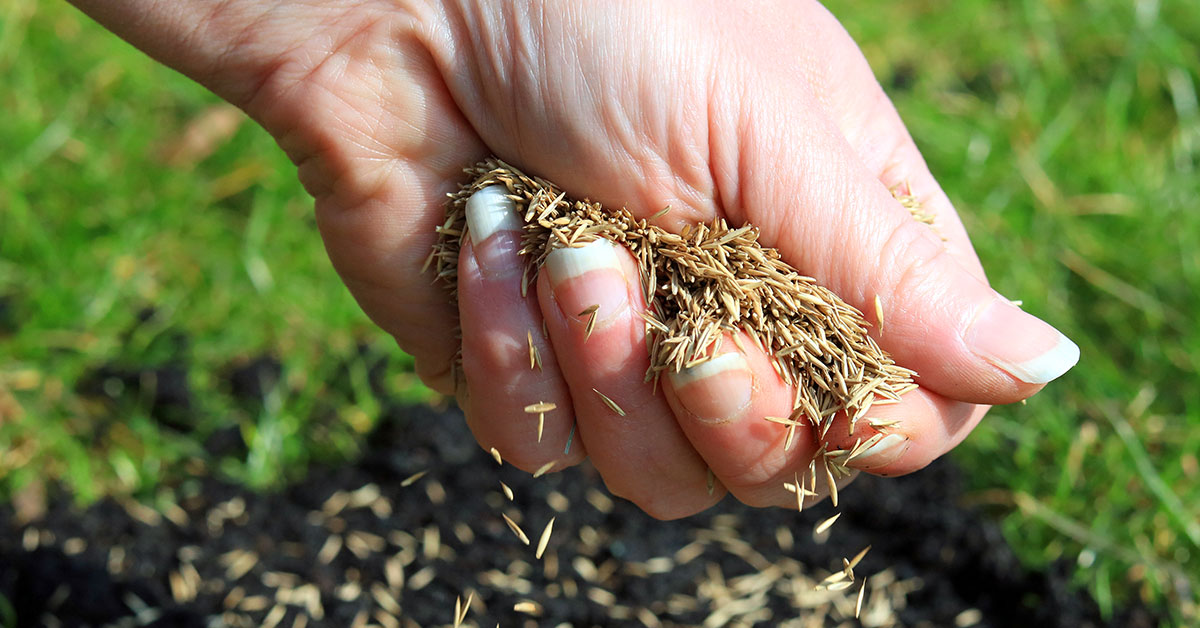
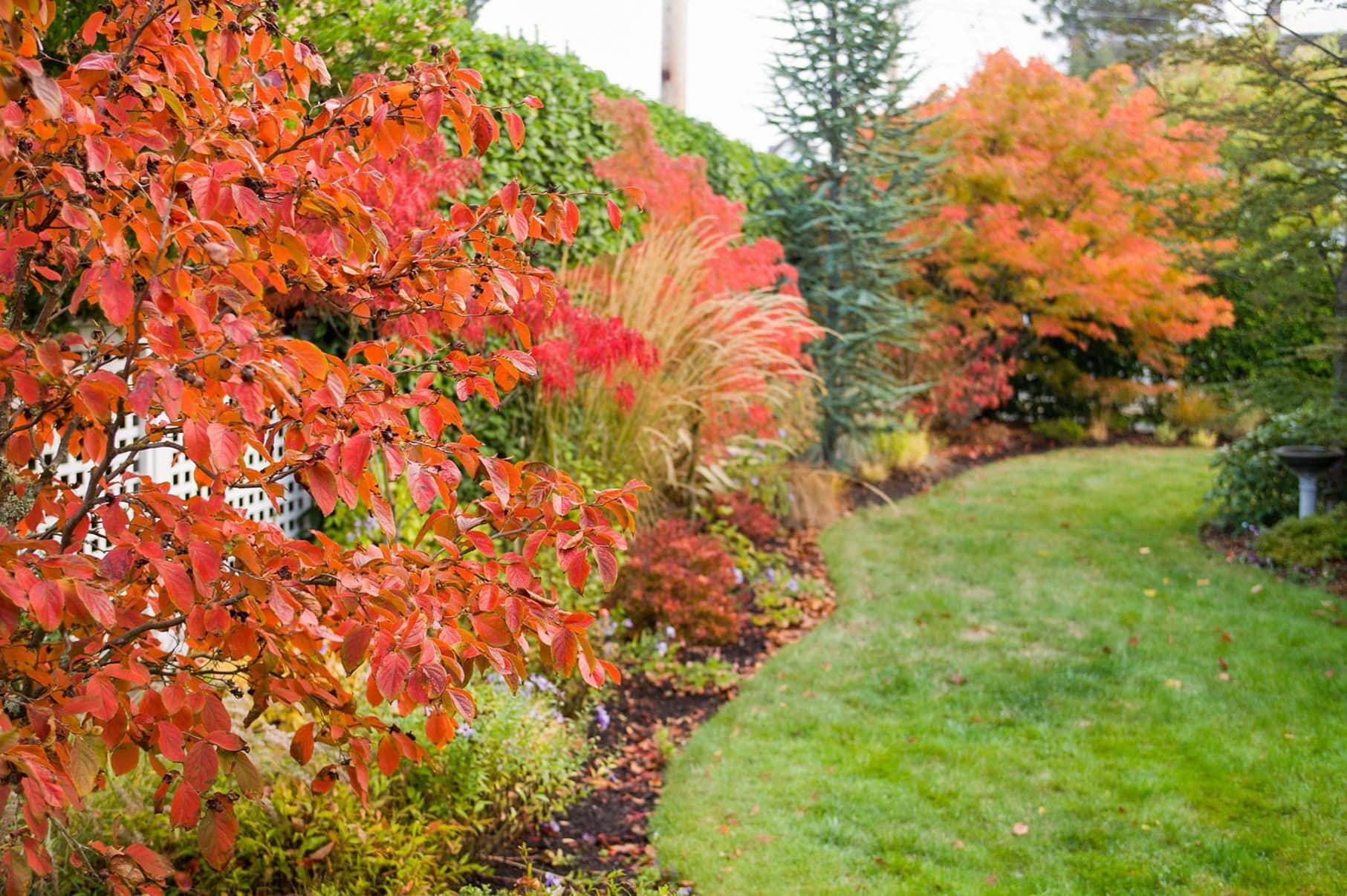

0 thoughts on “When To Plant Switch Grass”